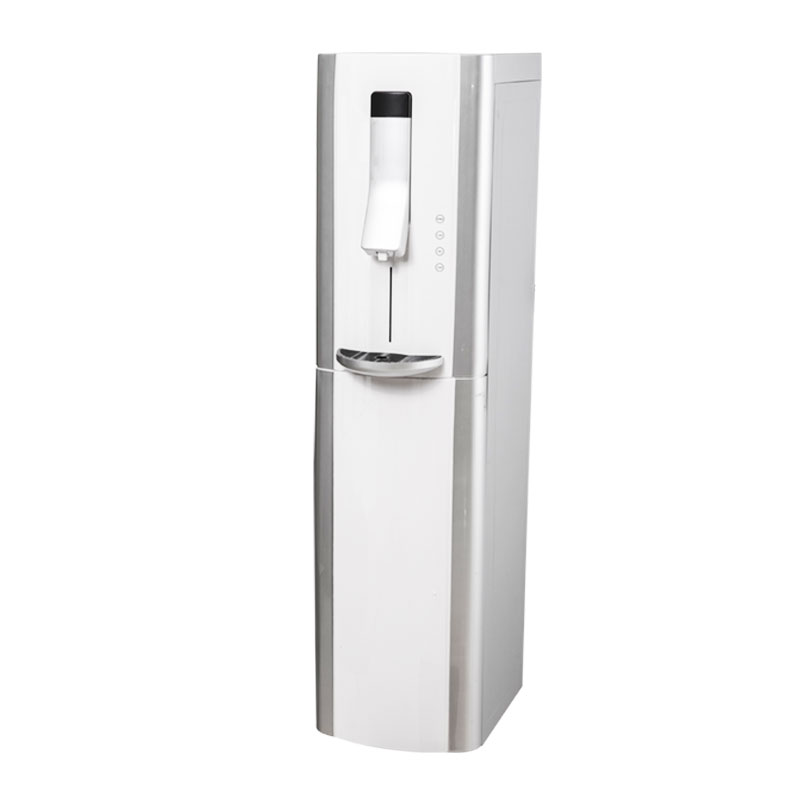Upright freezers occupy an important position in household, catering and commercial refrigeration equipment, and are widely used for food storage, preservation and freezing. However, with the increase in frequency of use, frost may gradually accumulate inside the freezer. This not only affects the refrigeration effect, but may also lead to problems such as increased energy consumption and equipment failure. Therefore, regular defrosting is considered a key measure to maintain the efficient operation of upright freezers.
The formation of frost mainly comes from the condensation of moisture in the air in a low temperature environment. When the freezer door is opened, warm and humid air from the outside enters the cabinet. When the cold air meets the moisture, the moisture condenses on the cooling element and gradually forms a frost layer. This process is particularly rapid in a humid environment.
The accumulation of frost has a significant impact on freezers. First, the decline in refrigeration efficiency is the most obvious consequence. The frost layer hinders the circulation of cold air, resulting in uneven temperature distribution inside the freezer. As the frost layer thickens, the refrigeration system needs to consume more energy to maintain the set temperature, which directly affects the refrigeration efficiency.
Secondly, the increase in energy consumption is also an important problem caused by the accumulation of frost. As the frost layer thickens, the frequent startup of the compressor will lead to a significant increase in power consumption. Studies have shown that for every centimeter of frost, energy consumption may increase by 10% to 30%. Long-term defrosting not only increases electricity bills, but also has a negative impact on the environment.
In addition, the presence of frost can affect the quality of food preservation. Because the cold air cannot circulate effectively, some areas inside the freezer may be too cold, while other areas are too hot, which affects the quality and preservation of food. The impact of frost is particularly significant for perishable and temperature-sensitive foods.
More importantly, long-term defrosting may increase the risk of equipment damage. The compressor and other refrigeration components of the freezer are accelerated due to overwork, resulting in an increased risk of failure. This not only increases the cost of equipment maintenance, but may also shorten the service life of the freezer.
Therefore, regular defrosting is particularly necessary. By removing the frost layer, you can ensure that the freezer operates in optimal conditions and maintain its refrigeration efficiency. Removing the frost layer allows cold air to circulate freely, ensuring that the food is evenly cooled, maintaining its freshness and safety.
Regular defrosting also helps to reduce energy consumption, thereby effectively controlling electricity bills. Energy-saving measures not only improve the economic benefits of households and businesses, but also help protect the environment and reduce carbon emissions.
In addition, defrosting can reduce the burden on the freezer compressor, reduce the failure rate of equipment, and extend its service life. Well-maintained freezers not only effectively preserve food, but also save users the cost of repairing and replacing equipment.











